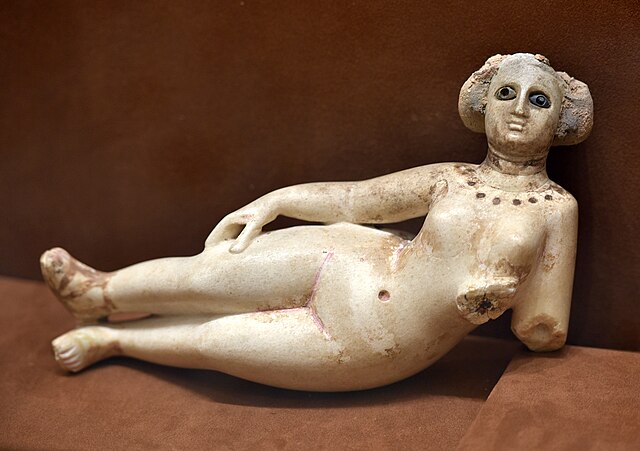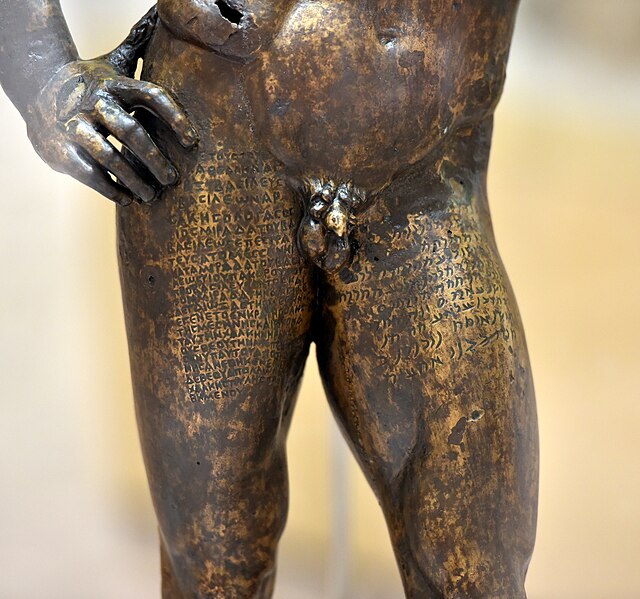Opis was an ancient Near East city near the Tigris, not far from modern Baghdad. The equivalence of Opis and Upi are now usually assumed but not yet proven. Early on it was thought that the ideogram for Upi might refer to Kesh or Akshak. Its location is not yet known with certainty though Tall al-Mujailāt has been proposed. That site has also been suggested as the location of the ancient city of Akshak.
A similar Kudurru of Marduk-nadin-akhe
Seleucia, also known as Seleucia-on-Tigris or Seleucia on the Tigris or Seleucia ad Tigrim, was a major Mesopotamian city, located on the west bank of the Tigris River within the present-day Baghdad Governorate in Iraq. It was founded around 305 BC by Seleucus I Nicator as the first capital of the Seleucid Empire, and remained an important center of trade and Hellenistic culture after the imperial capital relocated
to Antioch. The city continued to flourish under Parthian rule beginning in 141 BC; ancient texts claim that it reached a population of 600,000. Seleucia was destroyed in 165 AD by Roman general Avidius Cassius and gradually faded into obscurity in the subsequent centuries. The site was rediscovered in the 1920s by archaeologists.
The upper part of a bronze statuette of Hercules (also bronze Heracles of Mesene or Characene), from Seleucia, Iraq. Both thighs (not shown) have a bilingual inscription (Greek and Parthian), Iraq Museum, Baghdad.
Small statuette of a naked woman, from Seleucia on the Tigris, Iraq, 3rd–2nd century BC. Iraq Museum, Baghdad
Detail, inscribed, Greek and Parthian script, lower part of a bronze statuette of Hercules, from Seleucia on the Tigris, Iraq. Iraq Museum




